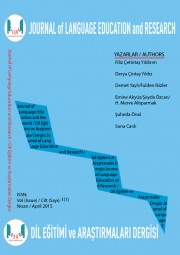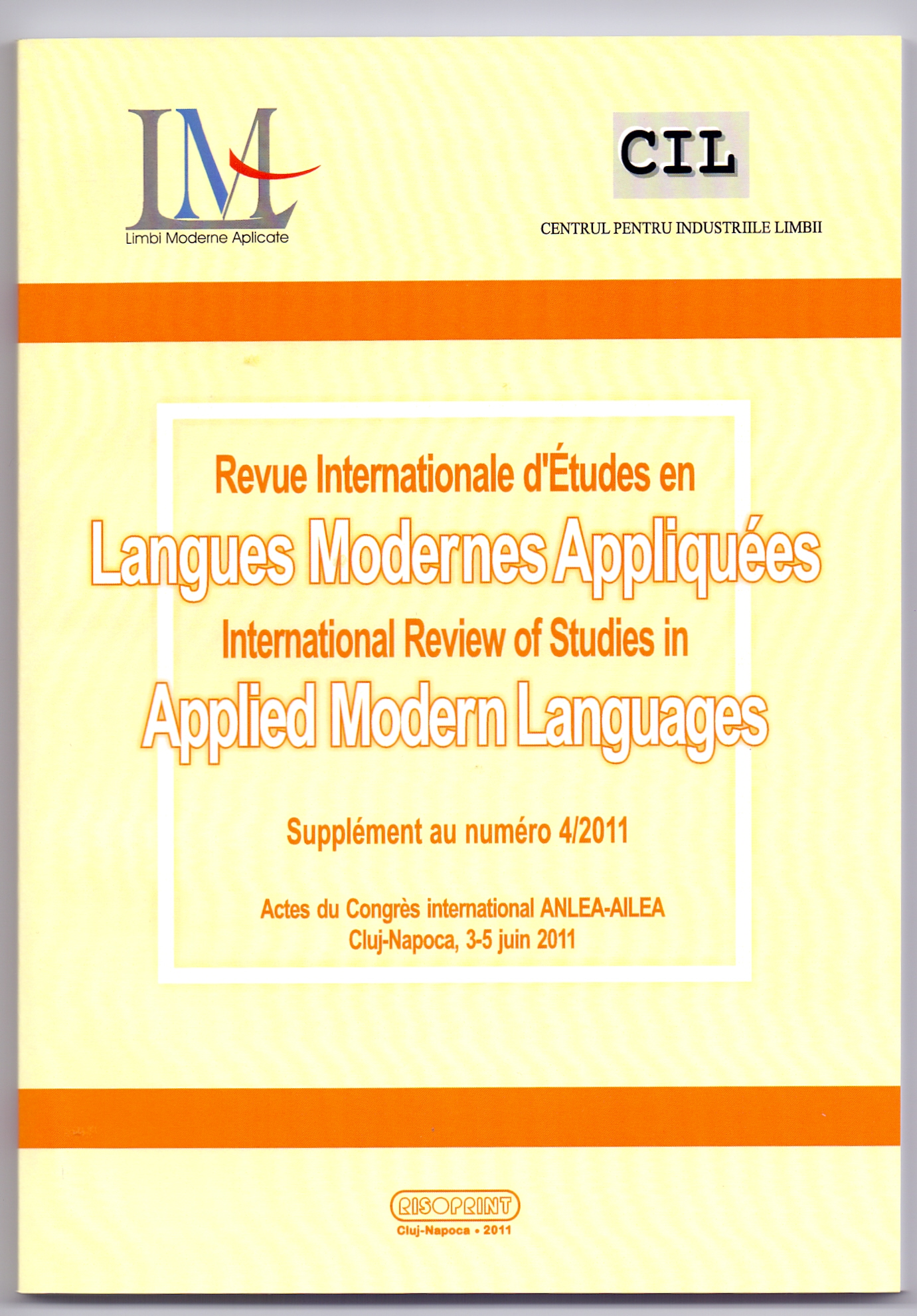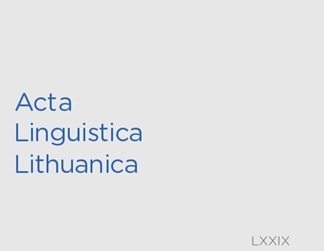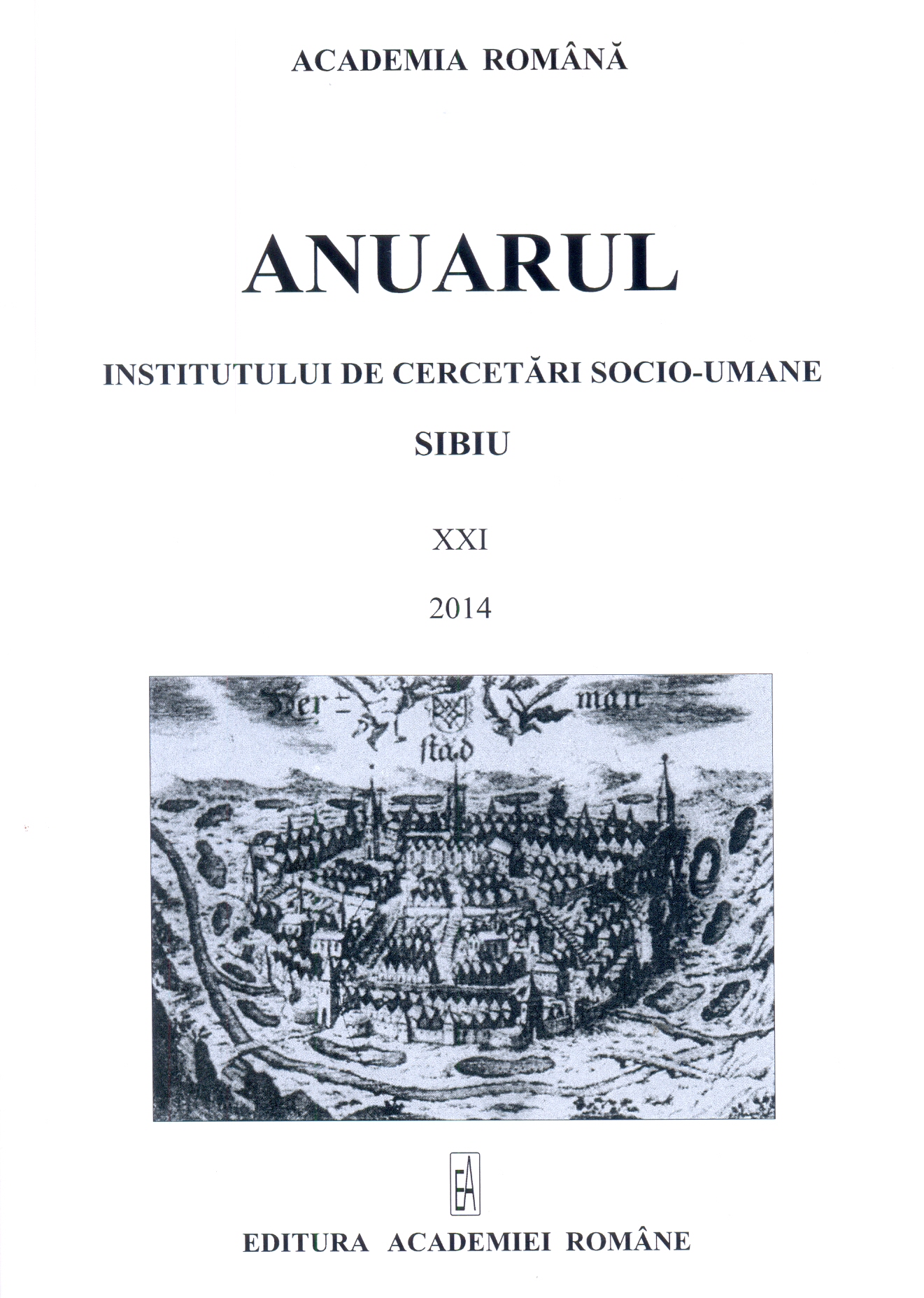Author(s): Goran Tanacković Faletar / Language(s): Croatian
Issue: 1/2018
Despite the fact that conjunctions are not structural components of clauses, how they interact with clausal structure is often systematically determined. For instance, with adversative coordinated constructions it is sometimes possible in principle to change the relative order of the clauses without inducing major semantic shifts (e.g. Ivan pjeva, a Marko svira > Marko svira, a Ivan pjeva). This is a clear indication of the clauses’ structural independence of the conjunctions. However, in a large number of adversative constructions, the position of the clauses relative to the conjunctions is fixed, systematic and, as a rule, predictable/nonarbitrary (e.g. Ivan ne pjeva, nego/već svira > *Ivan svira, nego/već ne pjeva; Marko je jutros zaspao, ali je stigao na vlak / no stigao je na vlak > *Marko je stigao na vlak, ali je jutros zaspao / no jutros je zaspao etc.). Therefore, it is legitimate to wonder about the underlying basis for the observed regularities in the interaction between clauses and their structurally independent adversative conjunctions. In this paper we shall interpret these facts as a clear reflection of the regularities that characterize the relationship between adversative constructions and the category of negation. Namely, it will be shown that in cases where negation is explicitly expressed, the insertion of specific adversative conjunctions is directly conditioned by the position of the negative clause in the coordinated structure (cf. Ivan ne govori engleski, nego/već njemački jezik / Ivan govori njemački, a ne engleski jezik). Even more interesting for our present purposes are the relationships between conjunctions and clauses in adversative constructions where negation is conveyed without explicit means. The goal of this paper is to test the hypothesis that even in such cases the formal relationship between the conjunction and the clauses is governed by negation; more specifically, by the negation implied and elliptically condensed in specific adversative conjunctions. The fact that implicit negation is a crucial functional feature of those conjunctions is easily appreciated once adversative constructions without explicit negation are juxtaposed with their counterparts with the ellipsis resolved (cf. Ivan pjeva, a Marko [ne pjeva, nego/već] svira; Marko je jutros zaspao, ali/no [nije zakasnio, nego] je stigao / stigao je na vlak; Ivan je dobar učenik, ali/no [Marko nije, nego] se pitam / pitam se što ćemo s Markom etc). In view of these facts, in this paper we will establish a principled distinction between postnegational and prenegational adversative conjunctions, and then analyze corpus data to assess the theoretical feasibility and usefulness of the established distinction, the possibility of its elaboration and its potential descriptive limitations.
More...



















